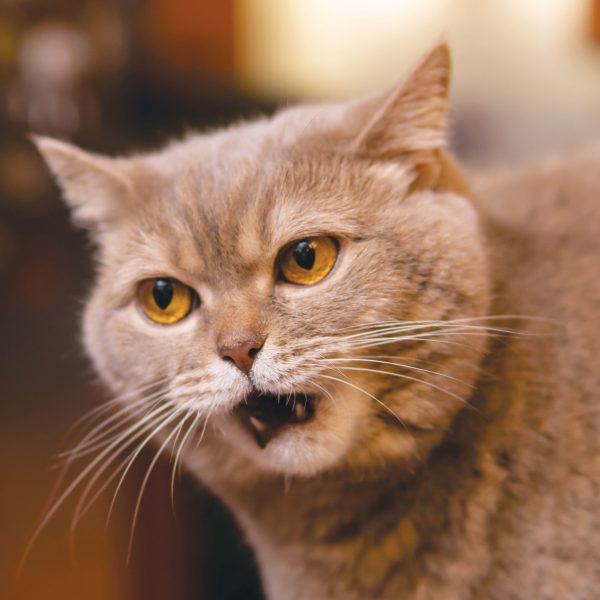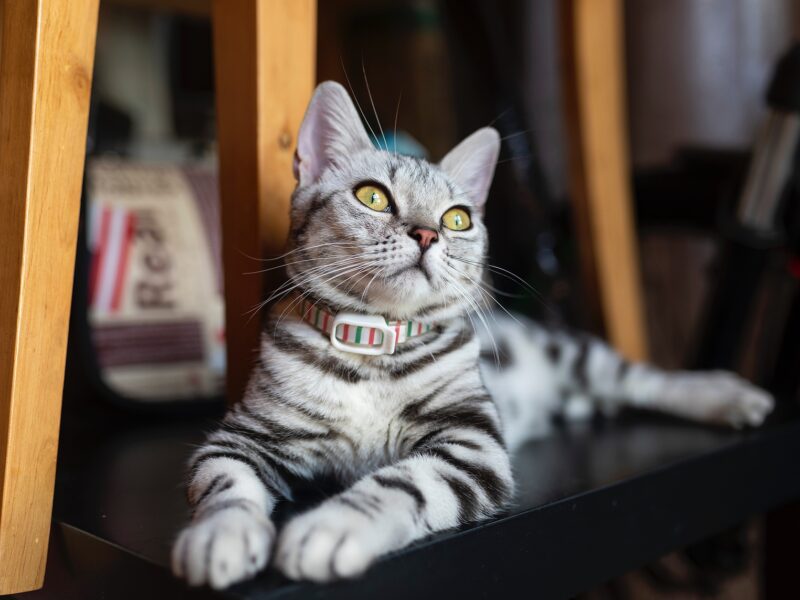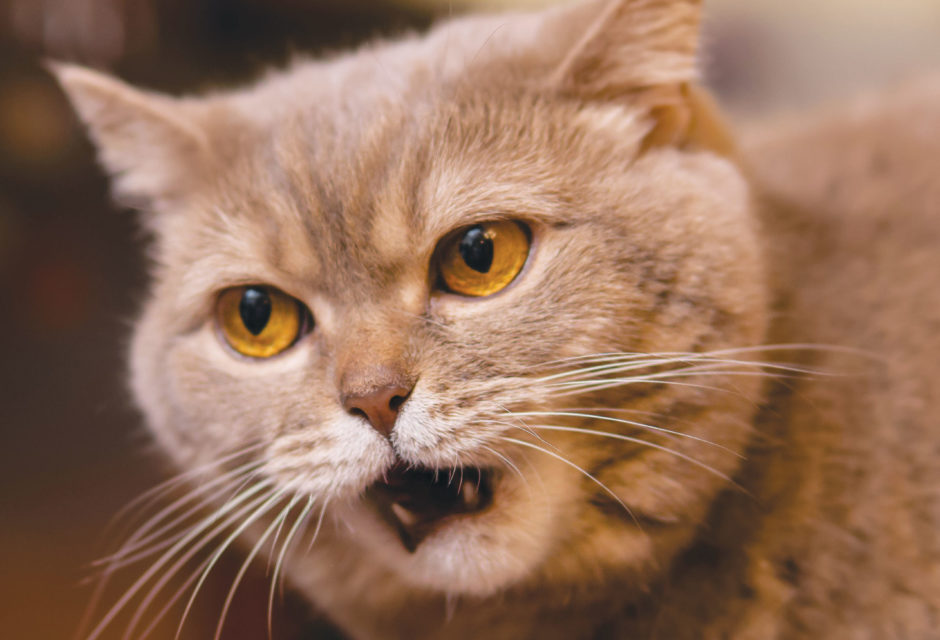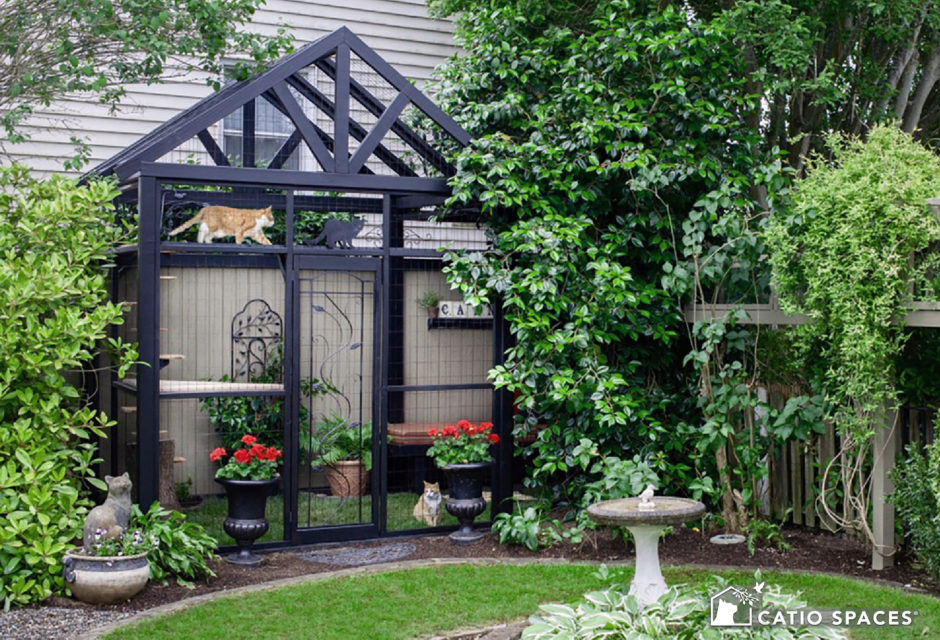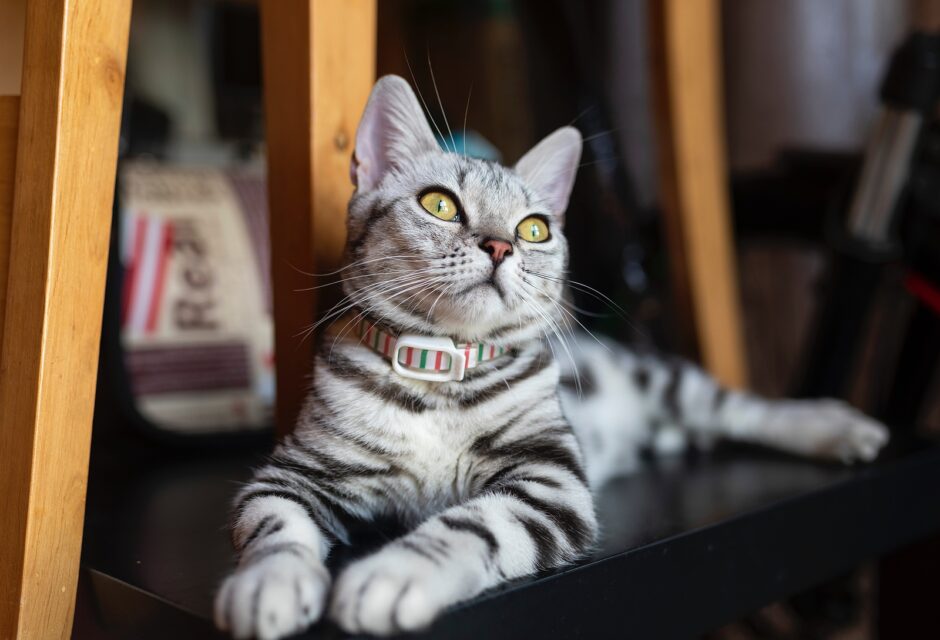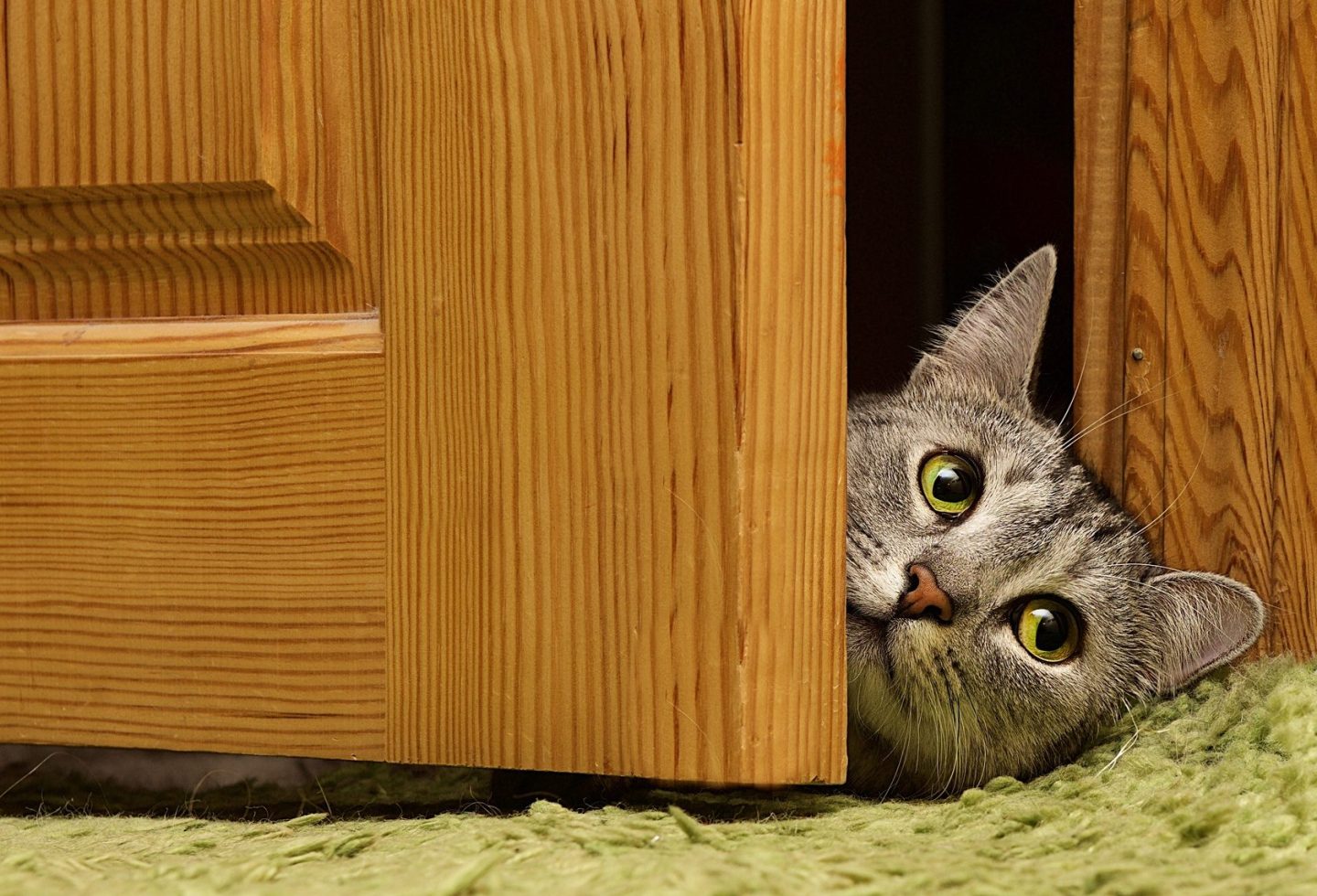
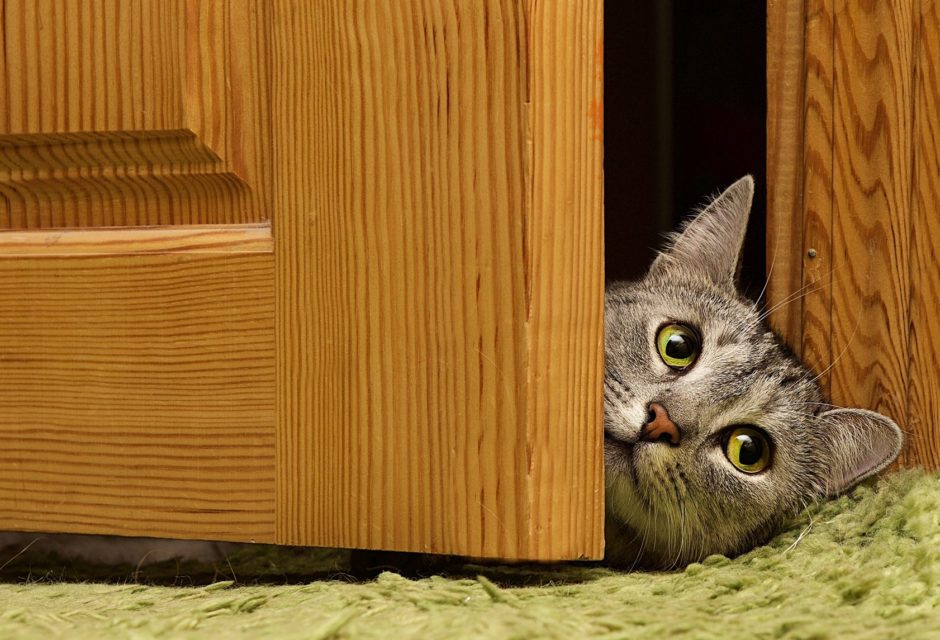
How to Get a Cat to Stop Meowing at the Door in 4 Simple Steps
Prompted by a question from Modern Cat magazine reader Emily, I’ve compiled a short list of expert tips to stop cats from meowing at the door.
Understanding Your Cat’s Behaviour
All cats have their own one-of-a-kind personalities and quirks. One behaviour that many of us come across is our cat constantly meowing at doors. To effectively address this, it’s important to understand the underlying reasons behind it.
Why Do Cats Meow At Doors?
One of the main reasons why cats meow at doors is because they are communicating a want. Did you know adult cats meow almost exclusively at humans, not each other? Your cat is trying to tell you something: “Open that door!!”
Cats are naturally curious creatures, driven by their innate desire to explore new places. When a cat won’t stop meowing at a door, it is likely their way of expressing their curiosity to discover what lies beyond. It’s their way of asking, “What’s out there?”
Furthermore, cats use meowing as a form of communication with people. When your feline buddy stands by the door and meows, they might be trying to tell you they want attention, need to be fed, or are feeling bored. Understanding these reasons can establish a harmonious living environment for you and your furry friend and help you stop your cat from meowing at the door.
If this behaviour is getting out of hand, here are four simple methods to help them stop.
1. Don’t respond to your cat or kitten crying by clapping, shouting, moving them away, or other negative reactions.
While you might feel like you are at the end of your patience with a cat constantly meowing, negative responses like these teach your cat to fear you, rather than stop the behaviour they are engaged in. This is an ineffective response because it doesn’t solve the underlying problem, and it can weaken the bond between you and your cat. Just as you dislike your cat yelling, they won’t appreciate (or learn from) your shouting either.
2. The first thing to try is distraction.
Use a toy your cat is highly motivated to play with (try the wand toys from Go Cat —they are a favourite with many cats).
If your cat won’t stop meowing at the door—or better yet, if you see he’s heading over there—proactively distract him with a toy and then play with him until he is tired out! This may take a while because younger cats have LOTS of energy.
To stop that pesky nighttime meowing, it might be better to start playtime earlier in the evening to tire your cat out while you still have energy yourself! Indoor cats in particular need to spend time each day interactively playing to use up the energy they would have expended hunting if they were feral.
3. If you can, create a cat patio, or a “catio”.
Keep your cat safe by enclosing your balcony with chicken wire or other screening material (or check out the ready-made kits from Cat Fence In).
Make this outdoor space a cat oasis by adding a running water drinking fountain, a cat tree or steps to climb and perch, and plant some cat grass for your cat to graze.
Giving your cat safe access to the outdoors via a catio may provide outlet for their hunting instincts. They can safely watch and smell whatever is going on outside, while you enjoy a quiet home without a cat meowing a lot. It’s a win-win solution for both you and your feline friend!
4. As a last resort you can try using a motion-activated air can.
These cans spray a short and safe burst of air when they detect movement in the vicinity. This air burst is unpleasant, and your cat will quickly learn to avoid the area. Soon, just the sight of the can will be enough to deter him.
This would not be my first choice because, like scolding or clapping, it’s a negative response that doesn’t fully address the underlying needs of your cat they are expressing through meowing. However, if your cat is howling at that particular location while also getting easily distracted during playtime, the air blast may be useful.
Creating a happier home for you and your cat
If the meowing continues or appears to indicate an underlying problem, make sure to reach out for professional assistance. Consult with your veterinarian to rule out any health issues or a cat behaviourist for guidance and strategies.
Just remember, patience and understanding are crucial. Your cat meows to communicate with you, but with time and effort, you can strike a balance that suits both your feline’s needs and your wish for a quieter home.
Jenna Cheal, Ph.D. is an experimental psychologist who loves cats and analyzing cat behaviour. She uses her extensive background in understanding the causes of behaviour to provide simple solutions to a range of cat behaviour issues. Jenna (aka The Cat Psychologist) lives in Toronto, Ontario with her partner and two best cat-friends, Andes and Bolivar. Follow me on twitter @CatPsychologist and ‘Like’ my page on Facebook.
Check out the Modern Cat E-Store for more great wand toys, drinking fountains, cat trees, and more!
Join the newsletter and never miss out on cat content again!
"*" indicates required fields
By clicking the arrow, you agree to our web Terms of Use and Privacy & Cookie Policy. Easy unsubscribe links are provided in every email.







